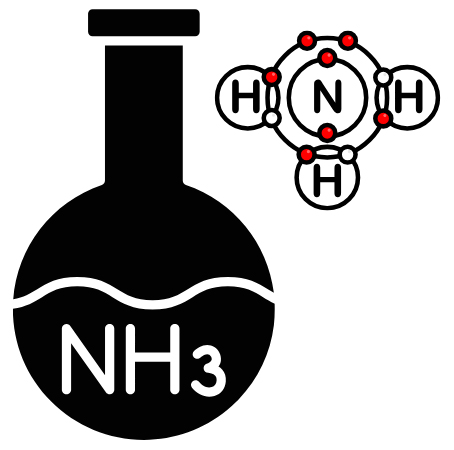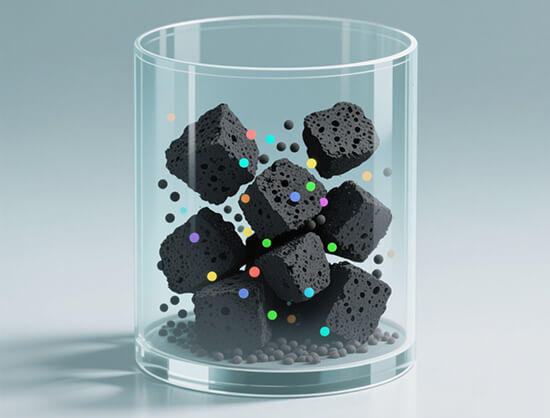Introduction
Ammonia (NH₃) is a colorless gas with a strong pungent odor. It is composed of one nitrogen atom and three hydrogen atoms and is easily soluble in water to form ammonia water. In industry, ammonia is an important raw material for the production of chemical products such as nitrogen fertilizer, nitric acid, and urea, and is also a commonly used refrigerant; in agriculture, ammonia fertilizers are widely used, providing important support for increasing grain production.
Ammonia is volatile and can diffuse in the air, which is harmful to health and the environment. Short-term contact can irritate the respiratory tract and eyes, and long-term contact may cause more serious problems. Ammonia emissions also pollute the air and water, so they must be effectively removed.
Impregnated activated carbon for ammonia removal
Activated carbon is widely used to remove various gases and pollutants due to its porous structure and high specific surface area. Impregnated activated carbon is a very effective material for removing ammonia. Impregnated activated carbon is made by adding chemical reagents (such as phosphoric acid, sulfuric acid, copper chloride or potassium permanganate) to the surface of ordinary activated carbon to enhance its adsorption characteristics and chemical reaction ability.
| Item | Impregnated activated carbon |
| Iodine | 1000mg/g |
| CTC | 60% |
| Ammonia adsorption rate | ≥90% |
| Impregnation material | Phosphoric acid/sulfuric acid |
| Size | 4mm or customized |

